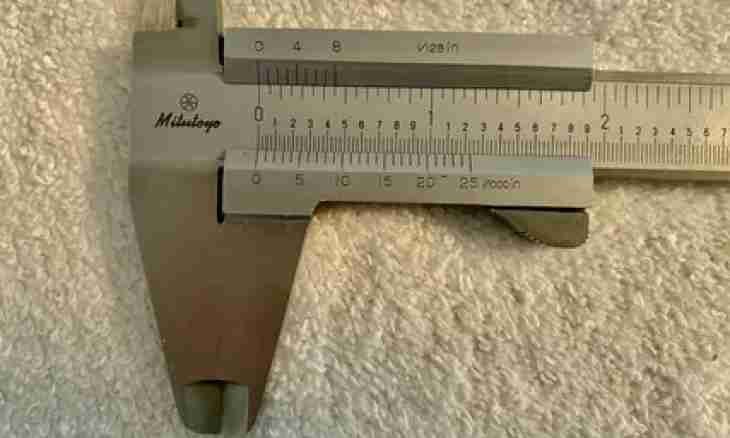Development of any project is connected with preliminary planning and optimization of work. It is the convenient graphic tool which use allows to represent visually the technological sequence and interrelation of events which set is made by implementation of all project.
Instruction
1. Any new project demands thorough planning. All work is divided into periods of time which can be different length, but all of them come to an end with approach of any given event. The event is one of terms of network planning which means completion of any work.
2. Work is a process in time which means expense of resources, logical result and the executive or group of performers. All project, thus, can be characterized as a complex of works. And the event in this case means that the work is completed. Therefore on graphics work is represented in the form of an arrow or the directed arch, and an event – in the form of circles, tops. Set of all works – a way.
3. The network schedule is a graphic representation of a complex of works in the form of the events connected among themselves like network. So, events are basic elements of the network schedule, and its parameters are connected with time of performance of work (approaches of events) and are called temporary.
4. Before building the schedule, it is necessary to calculate temporary parameters. They can be divided into three main groups on type of elements of network: parameters of events, works and way. Temporary parameters of events: early term of fulfillment, late term of fulfillment and reserve of time.
5. The early term of fulfillment of an event is an expected moment of its approach. This parameter is equal to duration of the maximum way which will be already passed before: t_pc (i) = max t(L_i).
6. The event can have several previous ways of i and j, in this case this parameter is equal: t_pc (j) = max (t_pc (i) + t (i, j)), where t (i, j) – work extent from i event to j event.
7. The late term of fulfillment of an event is a limit timepoint to which the event has to come. This parameter is closely connected with a concept of criticality of a way. The most extended way on graphics is called critical. t_ps (i) = t_kp – max t(L_ic), where L_ic – the remained way from this event to finishing.
8. Operation parameters: • T duration (i, j) – the number of temporary units which is taken away on performance of this work; • Early starting date of work coincides with the early term of approach of the previous event: t_rnr (i, j) = t_pc (i); • Early completion date is equal to the sum of parameters of early starting date of work and its duration of t_pop (i, j) = t_rn (i, j) + t (i, j) = t_pc (i) + t (i, j); • Late starting date of work is equal to the difference between the moment of approach of the subsequent event and period of operation of t_pnr (i, j) = t_ps (j) – t (i, j); • Late completion date of work coincides with the term of late term of fulfillment of the subsequent event of t_por (i, j) = t_ps (j); • Full reserve of time.
9. Parameters of a way: duration and extent of a critical (maximum) way and also reserve of time of a way. At the network schedule there are several ways, each of which represents network of works in which the final event of each previous work coincides with the beginning of following. The biggest way – critical.
10. The temporary parameters connected with time reserve are of the most great interest. They show, it is how possible to increase duration not to cause extensive damage to a date of completion of the project.
11. Thus, the reserve of time of an event is such period of time for which it is possible to detain a concrete event and which will not cause increase in all term of the project. The full reserve of operating time is a time indicator which is equal to the maximum term of increase in its duration without increase in term of the R_p project (i, j) = t_ps (j) – t_pc (i) – t (i, j).
12. The reserve of time of a way is equal to the difference between duration of a critical way and the concrete considered way of R(L) = to t_kp – t (L).

